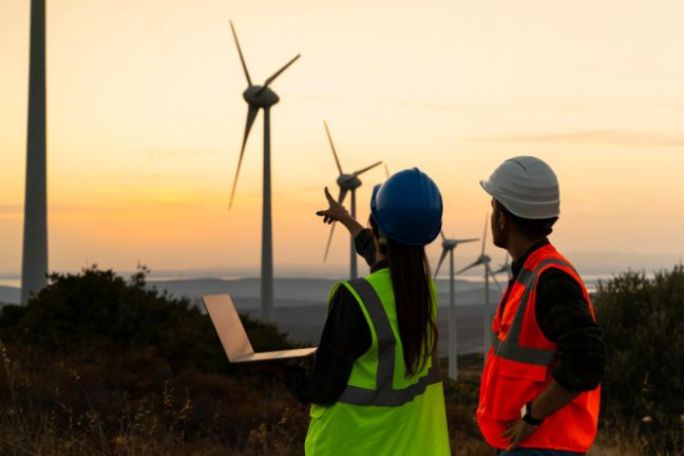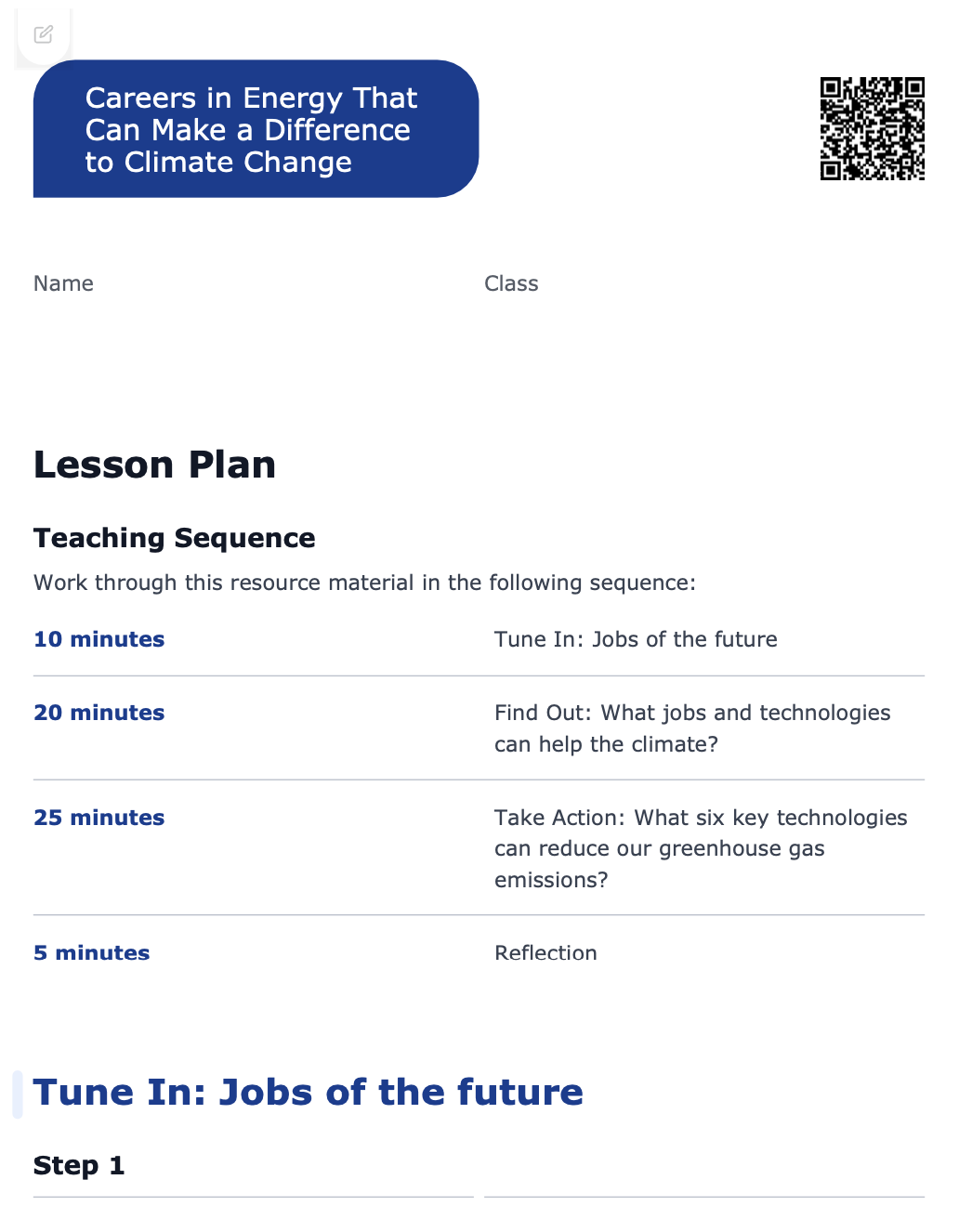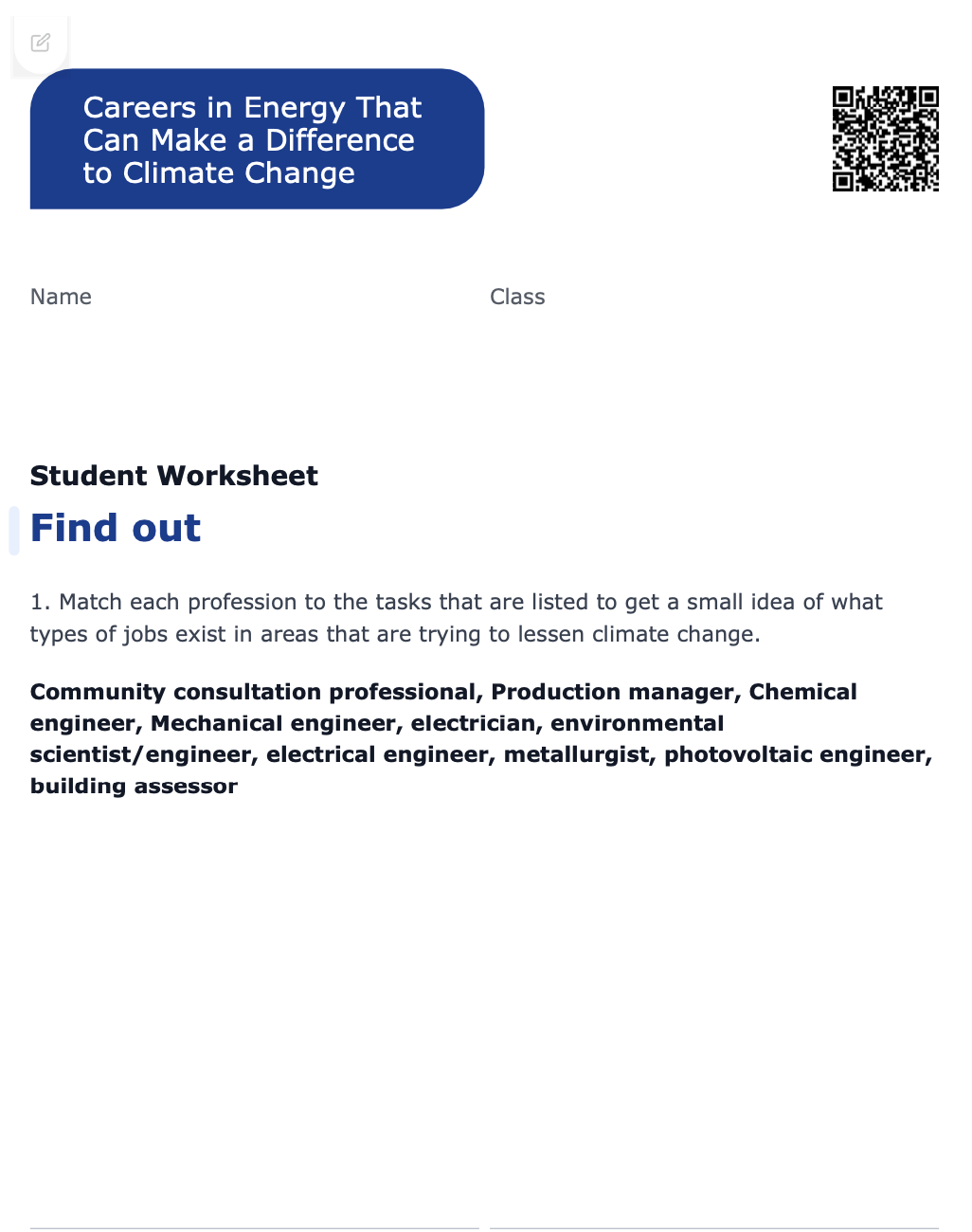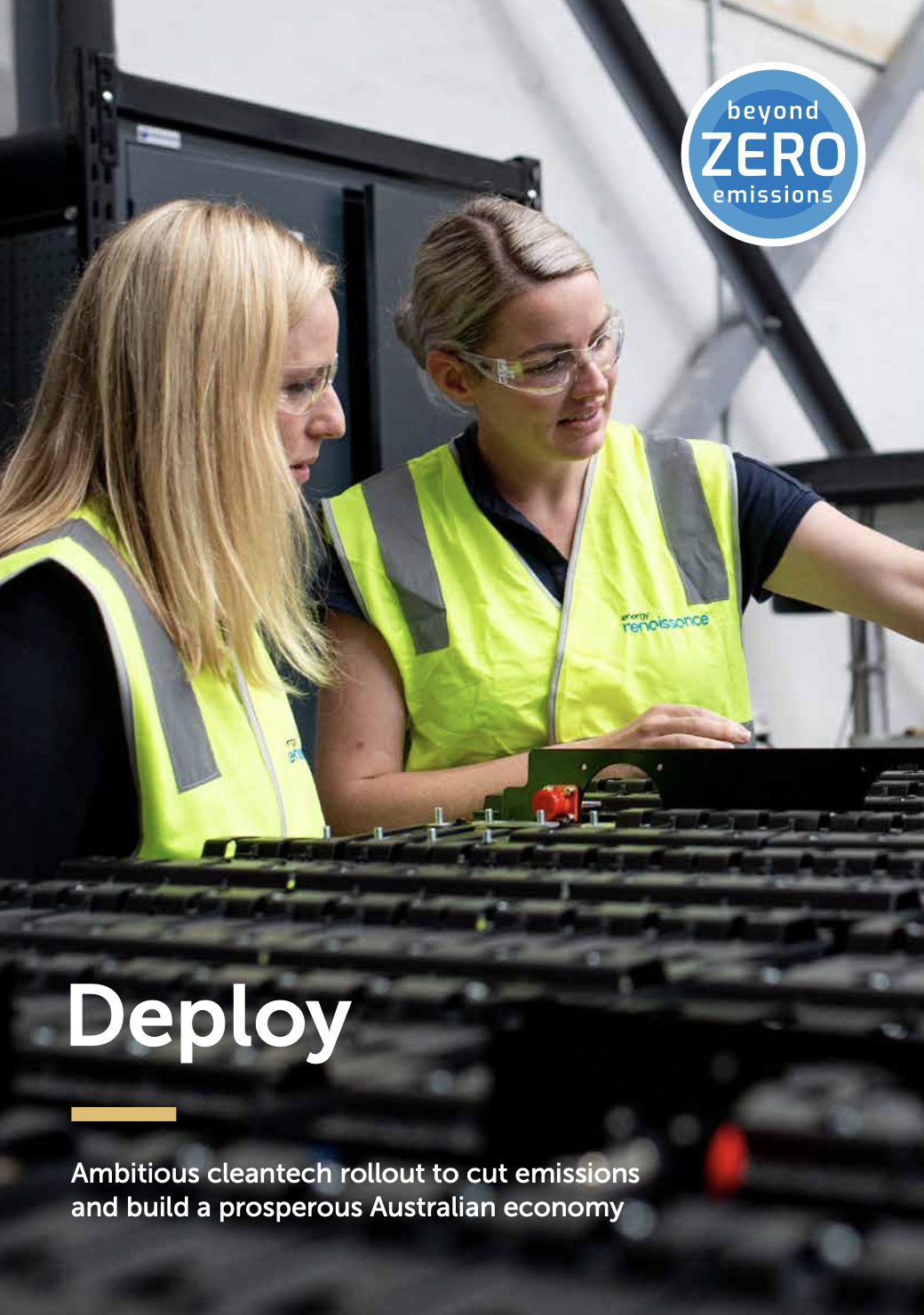Lesson summary
Students consider how the needs of society influence scientific research and career opportunities by evaluating future job predictions related to climate change. They explore six key technologies for reducing greenhouse gas emissions - solar panels, wind turbines, batteries, electric vehicles, heat pumps and electrolysers. Students gain insights into potential careers that can make a positive impact on the environment while reflecting on their own interests and aspirations in addressing climate change.
Learning intentions:
Students will...
- consider how the needs of society influence scientific research and career opportunities
- explore the key technologies available to society that have the ability to reduce greenhouse gas emissions and assess their impact on addressing climate change.
- investigate potential career opportunities in various fields that can contribute to mitigating the effects of climate change and reflect on their personal interests and aspirations.
Success criteria:
Students can...
- understand how the needs of society influence scientific research and career opportunities
- outline the 6 key technologies for reducing greenhouse gas emissions
- describe how each technology works and how each can be implemented on a scale that reduces greenhouse gas emissions.
- give examples of career opportunities that will help to mitigate the effects of climate change.
Lesson guides and printables
Curriculum links
Select your curriculum from the options below.
Lesson details
Skills
This lesson is designed to build students’ competencies in the following skills:
- critical thinking
- collaboration
- communication
- global citizenship
- problem-solving
Curriculum Mapping
Australian Curriculum (v9.0) content description: Year 9 Physics
- Apply the law of conservation of energy to analyse system efficiency in terms of energy inputs, outputs, transfers and transformations AC9S9U05
- investigate how advances in technologies enable advances in science, and how science has contributed to developments in technologies and engineering AC9S9H02
- examine how the values and needs of society influence the focus of scientific research AC9S9H04
General capabilities: Critical and Creative Thinking, Personal and Social Capability
Syllabus outcomes: Stage 5: PW3
Cross-curriculum priority: Sustainability
Relevant parts of Year 9 Physics achievement standards: Students can analyse energy conservation in simple systems and apply wave and particle models to describe energy transfer and can explain the relationship between science technologies and engineering. Students can analyse the different ways in which science and society are interconnected.
UN Sustainable Development Goals
UN SDG 7: Affordable and clean energy
- 7.2 By 2030, increase substantially the share of renewable energy in the global energy mix.
- 7.3 By 2030, double the global rate of improvement in energy efficiency.
- 7.A By 2030, enhance international cooperation to facilitate access to clean energy research and technology, including renewable energy, energy efficiency and advanced and cleaner fossil-fuel technology, and promote investment in energy infrastructure and clean energy technology.
Resources Required
- Device capable of displaying audio-visual material
- Student devices for research
Additional Info
This unit of lessons, along with the other units in the Skills and Jobs For a Transitioned Economy package, aims to teach students how to be climate solution entrepreneurs. These lessons will equip students with the relevant skills and knowledge of jobs and career pathways that will be able to sustain our economy once it has transitioned away from fossil fuels. Cool.org thanks our philanthropic partners, the Lord Mayor’s Charitable Foundation and Boundless Earth, for their generous contributions in helping us to create these resources.
Level of teacher scaffolding: Medium – some explicit teaching required, facilitation of research and discussion.





Welcome back!
Don't have an account yet?
Log in with:
Create your free Cool.org account.
Many of our resources are free, with an option to upgrade to Cool+ for premium content.
Already have an account?
Sign up with:
By signing up you accept Cool.org's Terms and Conditions(Opens in new tab) and Privacy Policy(Opens in new tab).